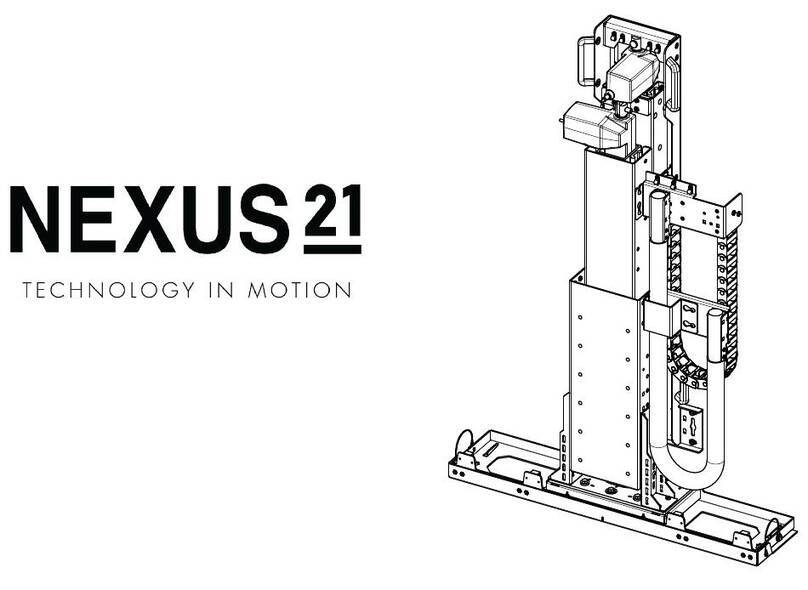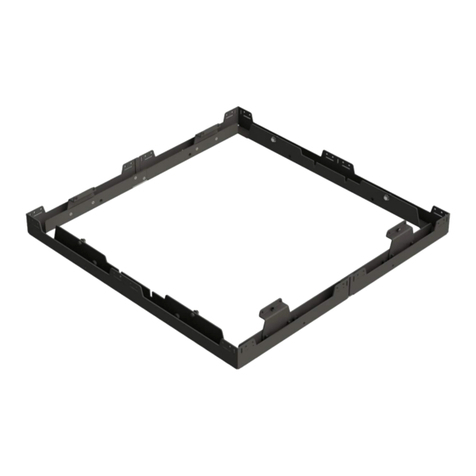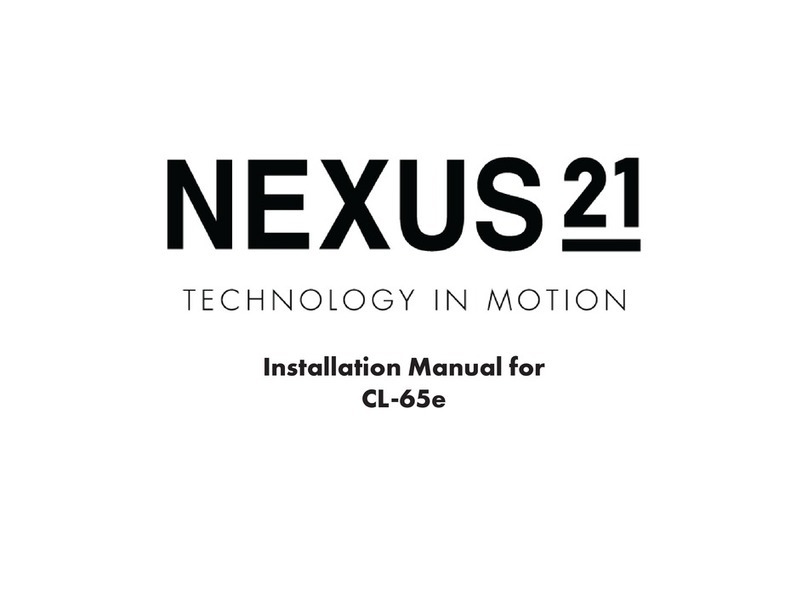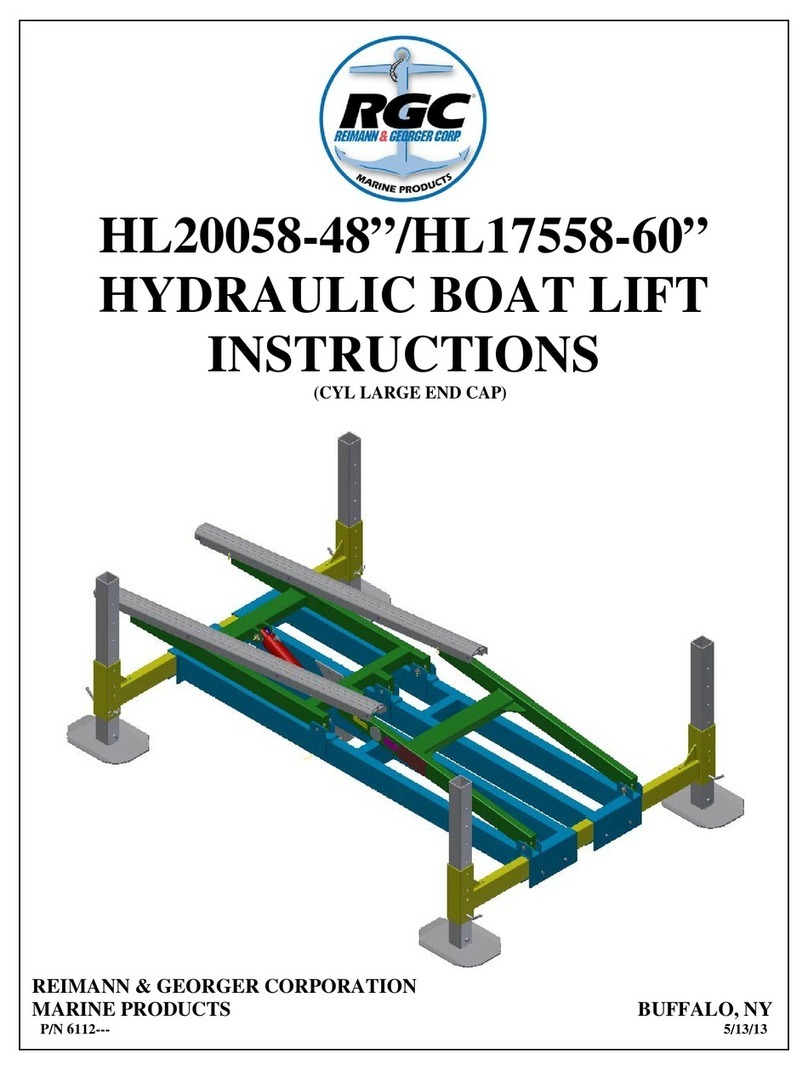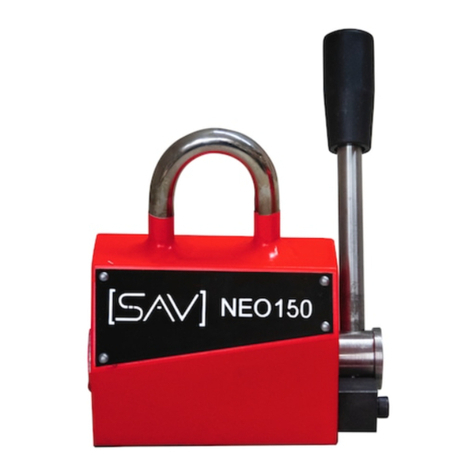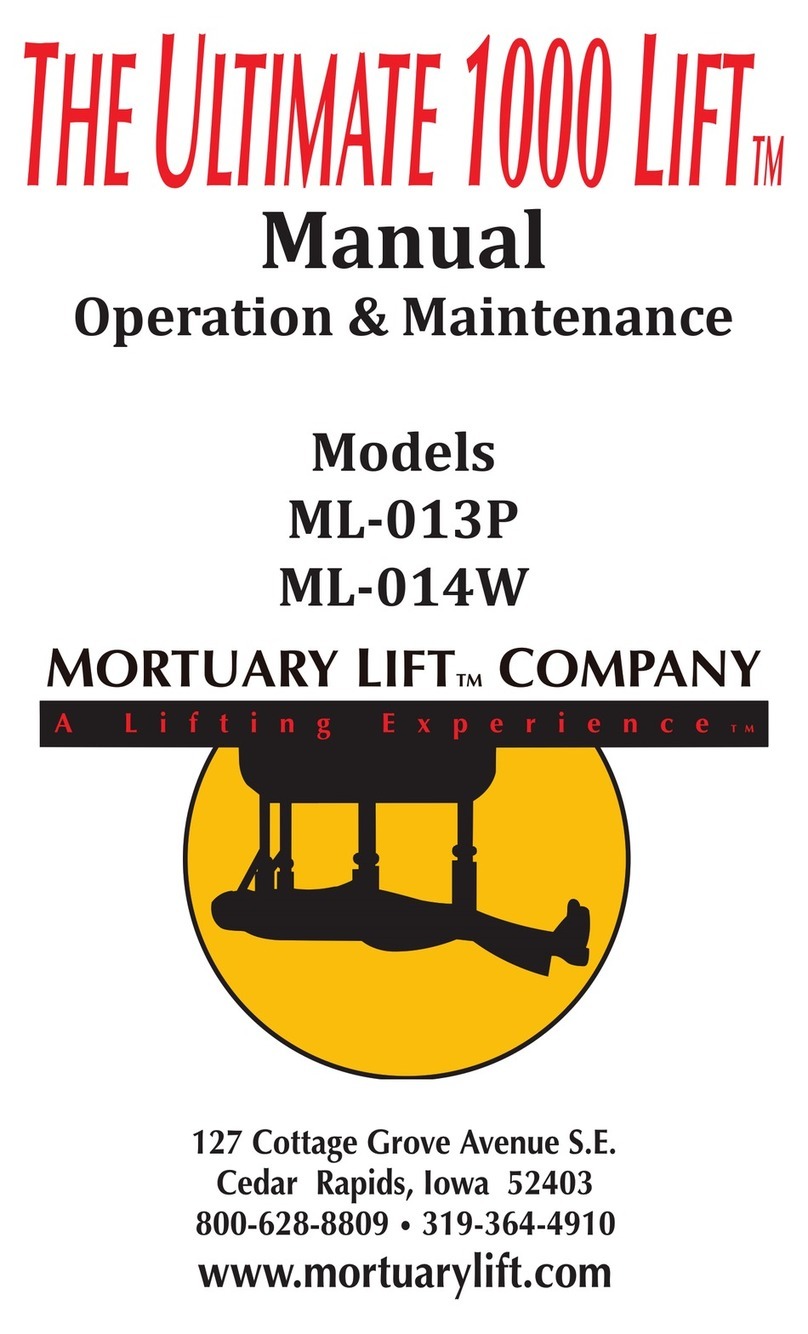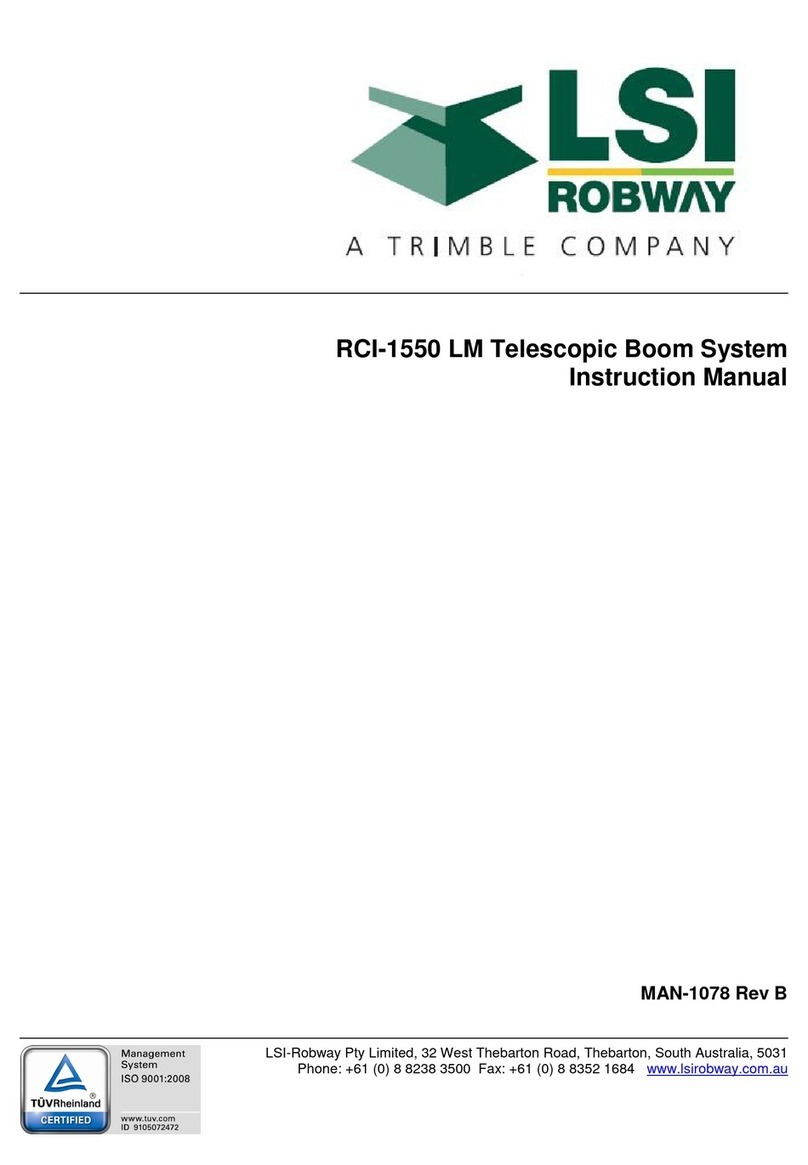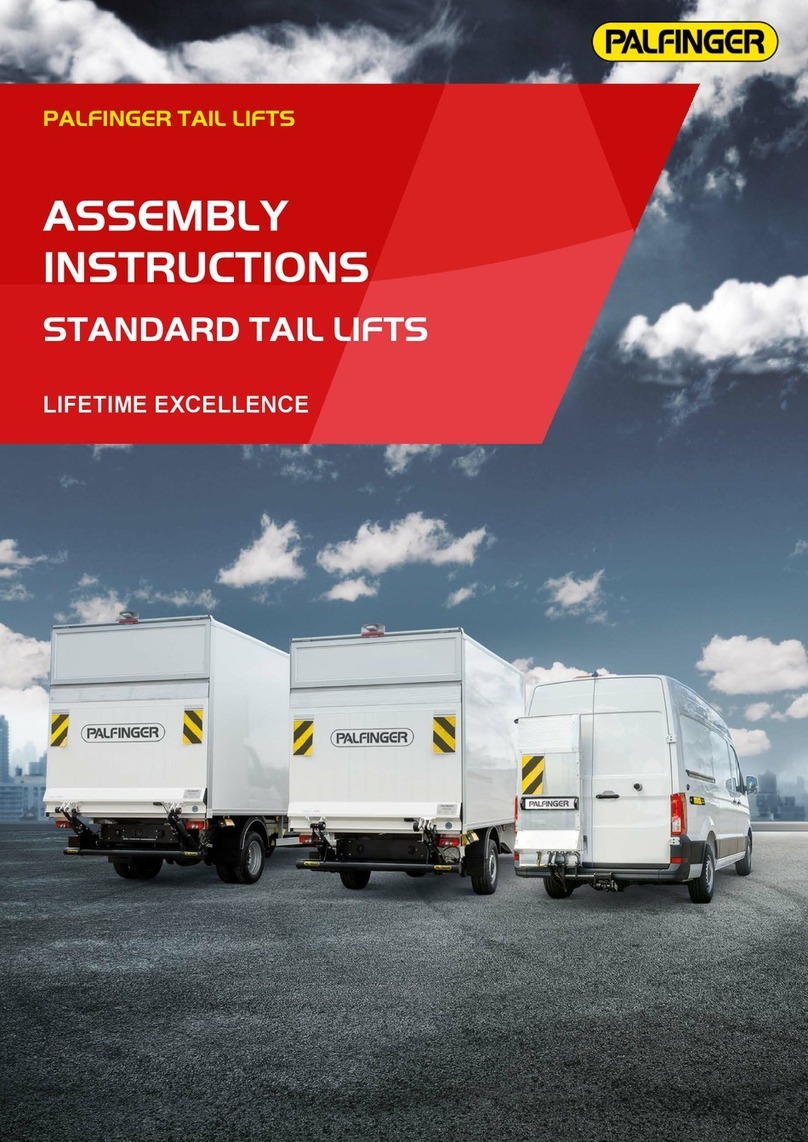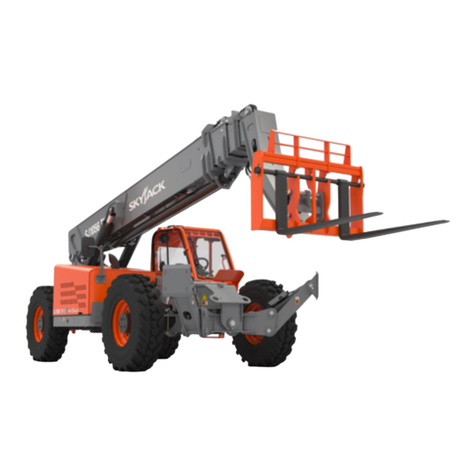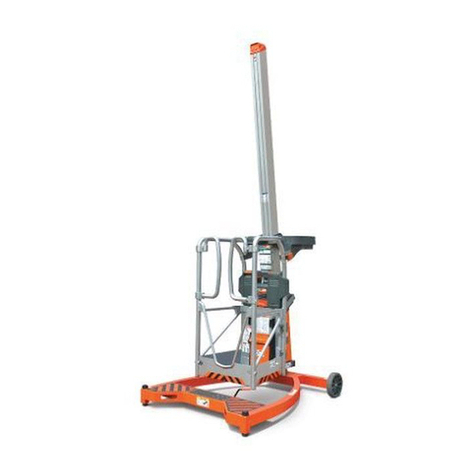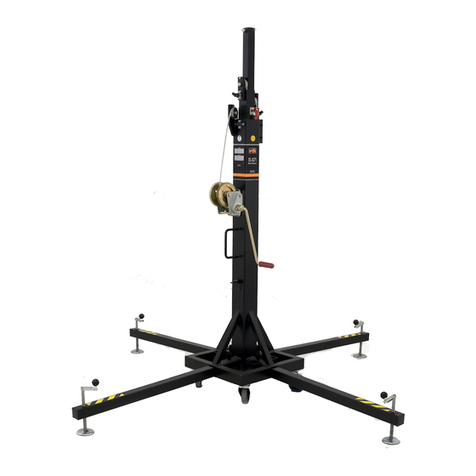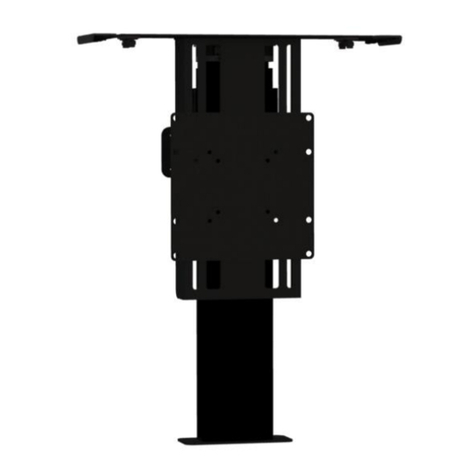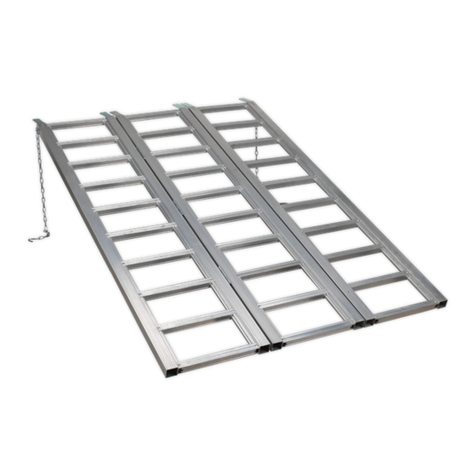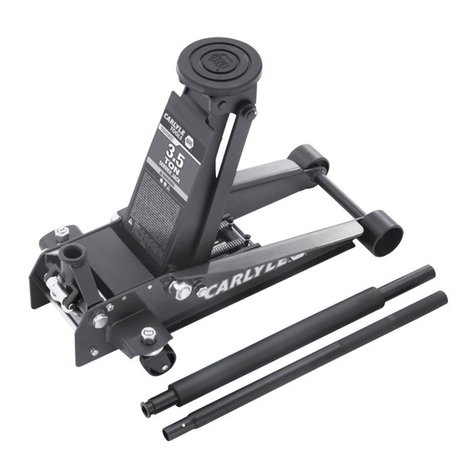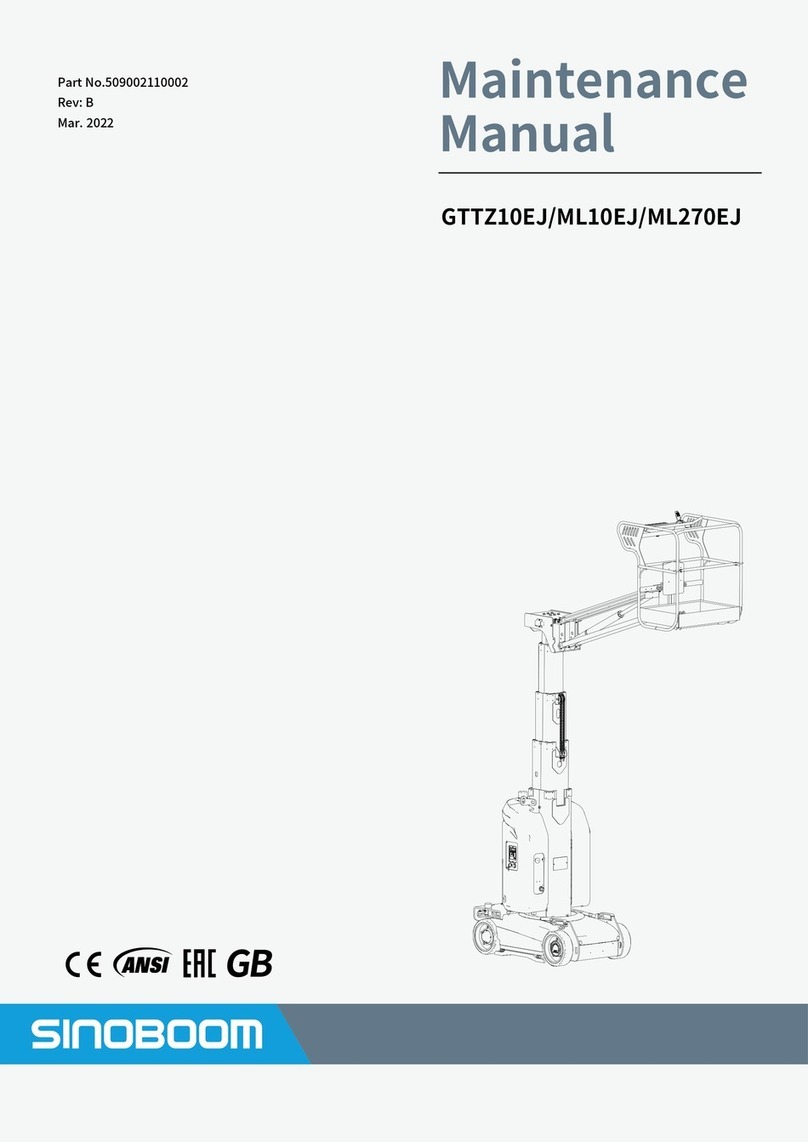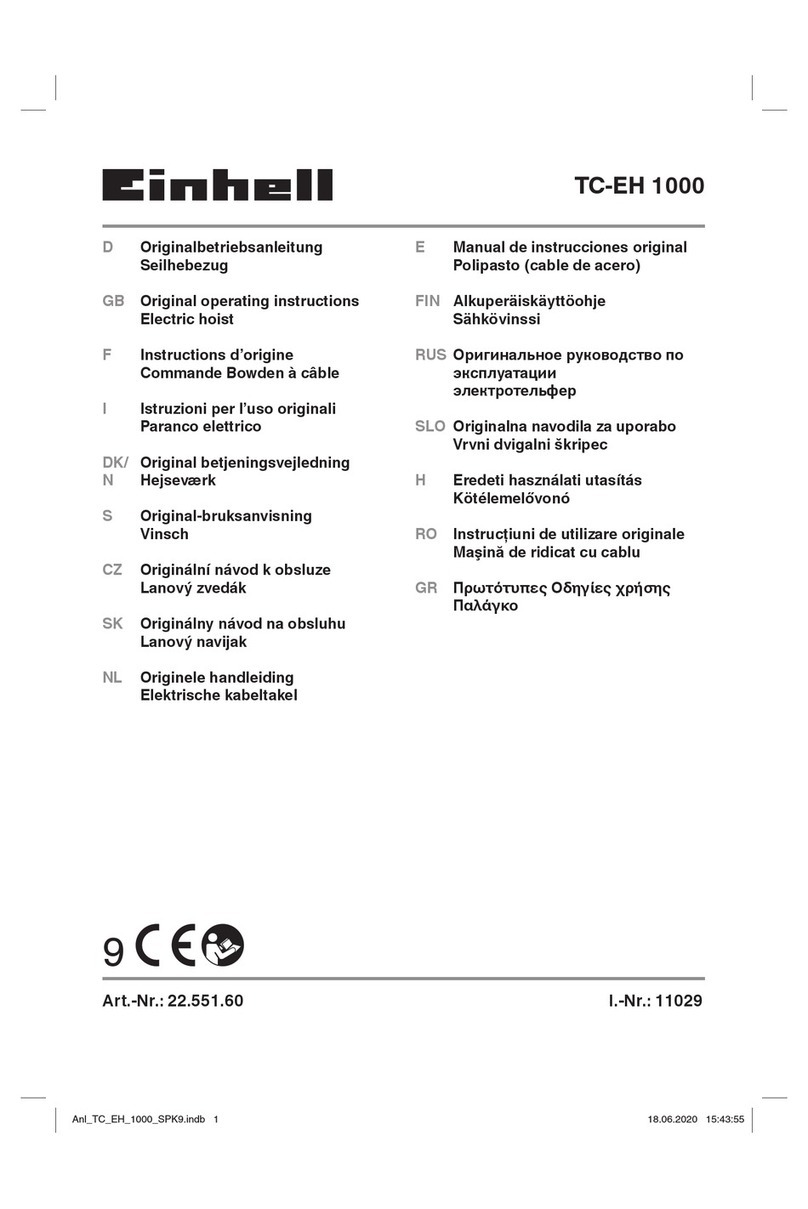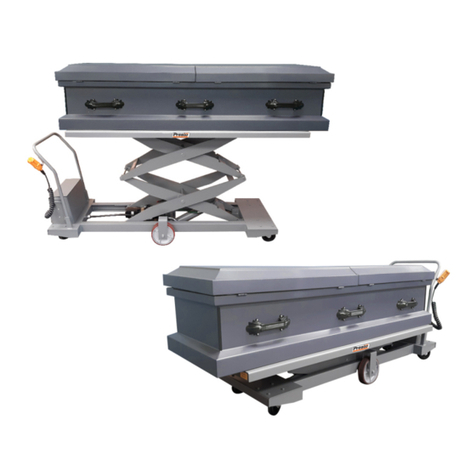
Cables
Motor Cable –Black cable with white, six-pin plugs. Use this cable to connect the Lift Column to the Control Box
(using port #1 on the Control Box). Six feet long.
Power Cable –Connects Control Box to power outlet. Three feet long.
RF Cable (only present if you ordered the RF version of the Lift System) –Use to connect the RF Receiver to the
Control Box. Ends have telephone-style connectors. One foot long.
TIP: It is recommended to install a surge protector (not included) inside your cabinet to plug in the Lift System,
Control Box, TV and any other components in the cabinet.
Hardware
10. One (1) –Assorted Bag of TV Mounting Screws
11. Six (6) -- 6mm x 12mm Button Head Machine Screws
12. Two (2) -- Screen Locks (Located in box with Part #6 & 7)
13. Four (4) -- 3/8”-16 x ¾” Button Head Machine Screws
14. Two (2) -- #10 x 1 ¾” Flat Head Wood Screws
15. Four (4) -- #8 x ¾” Flat Head Wood Screws
16. Two (2) -- #4 x 1” Pan Head Wood Screws
17. Four (4) -- 6mm x 40mm Flat Head Machine Screws
18. Four (4) -- 6mm x 12mm Flat Head Machine Screws
19. Eight (8) -- #10 x ¾” Truss Head Wood Screws
20. Four (4) -- 6mm x 16mm Button Head Machine Screws
Contents of hardware pack that is labeled “Lid Stabilization Pack”
21. Two (2) -- 10-32 Nut
22.Two (2) -- 10-32 x 3” Threaded Studs
23 Two (2) -- Lid Stabilization Springs
24. Two (2) -- Brass Threaded Inserts
25. Two (2) –Flat Washers
Other items that are included, but not shown in Parts View diagram on “Supplemental Page A” (at the end of this
document):
RF Controls or IR Controls (see explanation on page 6)
Two (2) -- Allen Wrench –4mm and 7/32”
One (1) -- “Snakeskin” Wire Management Sleeve – 3 feet long
Two (4) -- Velcro end Ties, for use with Wire Management Snakeskin
Two (4) -- Plastic Ties, also for use with Wire Management Snakeskin
Four (4) -- Wire Clips
One (1) -- Small Cable Re-coiler
Four (4) -- Square Multi-Mount Washers
Wire Management
The Lift System has no exposed gears or moving parts that can damage your
wires, so wire management is simple. We have included a three-foot long
“SNAKESKIN” sleeve, which is a state-of-the-art wire bundling and
protection system (the sleeve can be cut shorter if you wish). The System
also includes 4 Velcro end ties, 4 plastic ties and a small cable re-coiler. Use
the Velcro ties at the ends of the SNAKESKIN, to close the ends of the sleeve
and to keep the wires together inside it. Use the plastic ties to fasten the
cable bundle in a fixed position, so it moves up and down with the lift. Use
the small cable re-coiler to assist pulling the cables back into your enclosure.




















